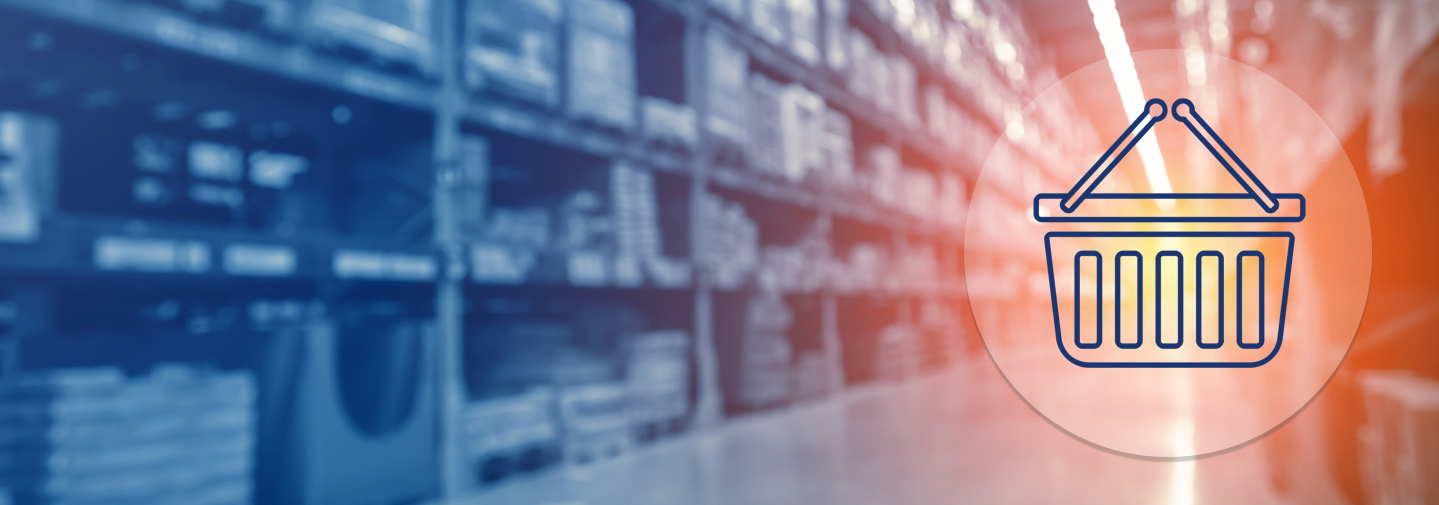


What drives sales? What are customers looking for? How to improve in-store and online customer experience? are some of the questions retailers always look for. As customers are relying more and more on data like online reviews, blogs etc to make purchase. It is necessary for retailers to also utilize data insights to the fullest to serve their customers better and generate more business.
Retailers can utilize Big data to collect various data points like:
If a customer can't see a product then he or she will assume product is not there in store. If it takes too much time to locate a product then it will lead to customer frustration and reduced sales. Optimal schematics to required to
drive better sales.
Retailers can utilize various sensors, camera images data to build scenario analysis, track sales based on different patterns and check the optimal layout. Better schematic layout will improve customer experience, reduce time
to locate a product and drive sales.

Most of the retailers have online presence and they are rapidly expanding it. Retailers can utilize clickstream data to understand their customer behavior, how they come to their website, what pages, products they search, what products they put in cart, for what products customers search for reviews etc. This clickstream data will enable retailers to understand following:
Retailers collect their customers data from in-store sales, online activity and social media. They can build customer models, segment them based on different categories and run promotional campaigns to promote products and services
what customers are most likely to buy.
They can understand what channels customers use a lot, like mobile, online, TV etc and reach or connect with them using their preferred channel. Retailers can utilize machine learning models to cross and up sell products.

Most of the retailers have online presence and they are rapidly expanding it. Retailers can utilize clickstream data to understand their customer behavior, how they come to their website, what pages, products they search, what products they put in cart, for what products customers search for reviews etc. This clickstream data will enable retailers to understand following:
Companies build products and services and it takes time when people trust the product and its name resonates with quality and value and becomes a brand which then drives business.
Brand perception is very sensitive to bad news and that could cause lot of damage to a company's sales. To maintain brand companies invest lot of money in making quality products, advertising etc. It is also essential that
companies should engage with their customers, listen to their opinions, issues and measure satisfaction to improve or protect their brand. This build competitive advantage and drives higher growth.
Retailers can actively monitor brand sentiment of products they sell and make necessary changes to their shelves.

Retailers deal with various types of frauds like Identity, credit card fraud and Fraudulent returns. Retailers can look at transaction data, detect identity theft, fraud rings etc. Retailers can use PCI compliant Hadoop storage to store their customer information securely. They can detect store theft using image patterns.

Retailers can capture customer's transaction data and identify loyalty by building models. They can determine what customers usually buy, how often and how much profitable they are by building loyalty scores. They can utilize loyalty data to reward customers by giving them coupons related to their purchases automatically. By doing that retailers improve customer experience.